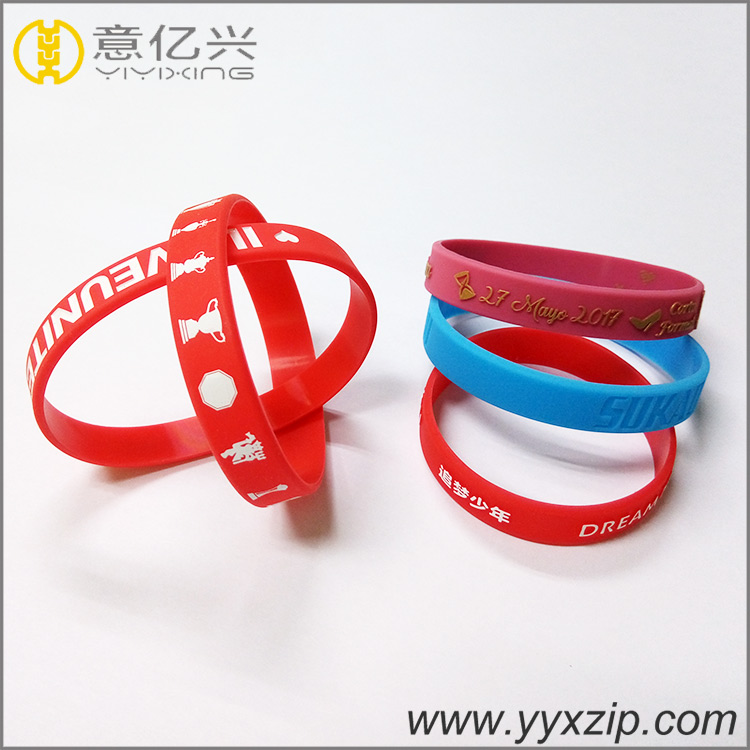The setting principle of various parameters of gravure printing machine is simple and effective
Before the gravure printing machine is officially started, it must be properly adjusted according to the specific printing process requirements of each product. This involves setting a series of parameters that align with the product's needs. The key factors to consider include:
1. **Drying Temperature Setting**
Before starting the print run, the drying temperature for each unit should be adjusted based on the type of material being printed, the printing speed, the size of the graphic area, and the thickness of the ink layer. In high-speed printing, proper drying temperature is crucial to ensure quick evaporation of solvents and timely drying of the ink. If the temperature is too high, it may cause the film to shrink or deform; if it’s too low, the ink might not dry completely, leading to smudging or sticking back. Different materials have varying heat resistance. For example, PVC films typically require a drying temperature between 40–55°C, while OPP films are usually dried at 60–75°C. In practice, the temperature should also account for factors like printing speed, overall ink coverage, presence of metallic inks, and the film’s heat-shrink properties.
2. **Tension Control**
Most gravure printing machines use four stages of tension control: unwinding, feeding, traction, and winding. These stages help maintain steady movement of the material through the printing process. Stable tension ensures smooth operation between units and improves color accuracy. Tension control is especially critical when printing on films compared to paper. The tension level depends on the material's tensile strength. For instance, CPP and PE films have lower tensile strength and are more prone to stretching, so lower tension is recommended. In contrast, stronger films like PVC or BOPP can handle higher tension. Additionally, the width and thickness of the film also influence the tension settings—wider or thicker films generally require higher tension.
3. **Impression Cylinder and Plate Cylinder Pressure**
The pressure between the impression cylinder and plate cylinder should be set based on the thickness of the printing material. Thicker materials usually require higher pressure to ensure good ink transfer and clear image reproduction.
4. **Plate Cylinder Perimeter and Impression Cylinder Diameter**
These dimensions are set according to the printing process requirements. Proper alignment and sizing help achieve consistent print quality and reduce misregistration issues.
5. **Winding Tension Curve**
During the winding process, the tension decreases as the roll diameter increases. Modern gravure machines allow operators to customize the winding tension curve for better quality. It’s important to set an appropriate curve, and many machines store several standard curves for easy access during production.
6. **Resetting the Balance Roller Position**
Each color group has a balance roller designed to correct non-parallel registration between plates. These rollers should be aligned parallel to the guide roller to prevent any misalignment that could affect the print registration.
By carefully adjusting these parameters, operators can ensure optimal performance, improve print quality, and minimize defects during the gravure printing process.
The wristbands and bracelets with imprinted logo can be a advertising and promotion products used in some concert, sports competition and exhibition, some can also be souvenir gifts for personal purpose. The size is suitable for wrist, and can be little adjust. The surface with embossed or debossing logo, fabric wristband with sublimated or silkscreen logo. Customized color follow customer's need.


Souvenir Silicone Bracelets,Silicone Gel Bracelet,Polyester Strap Wristbands,Identify Short Wristbands
Shenzhen Yiyixing Zipper Manufacture Co.,Ltd , https://www.yyxzip.com